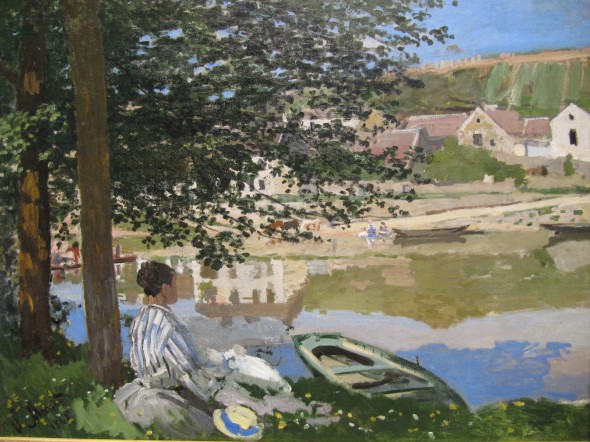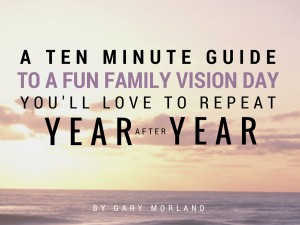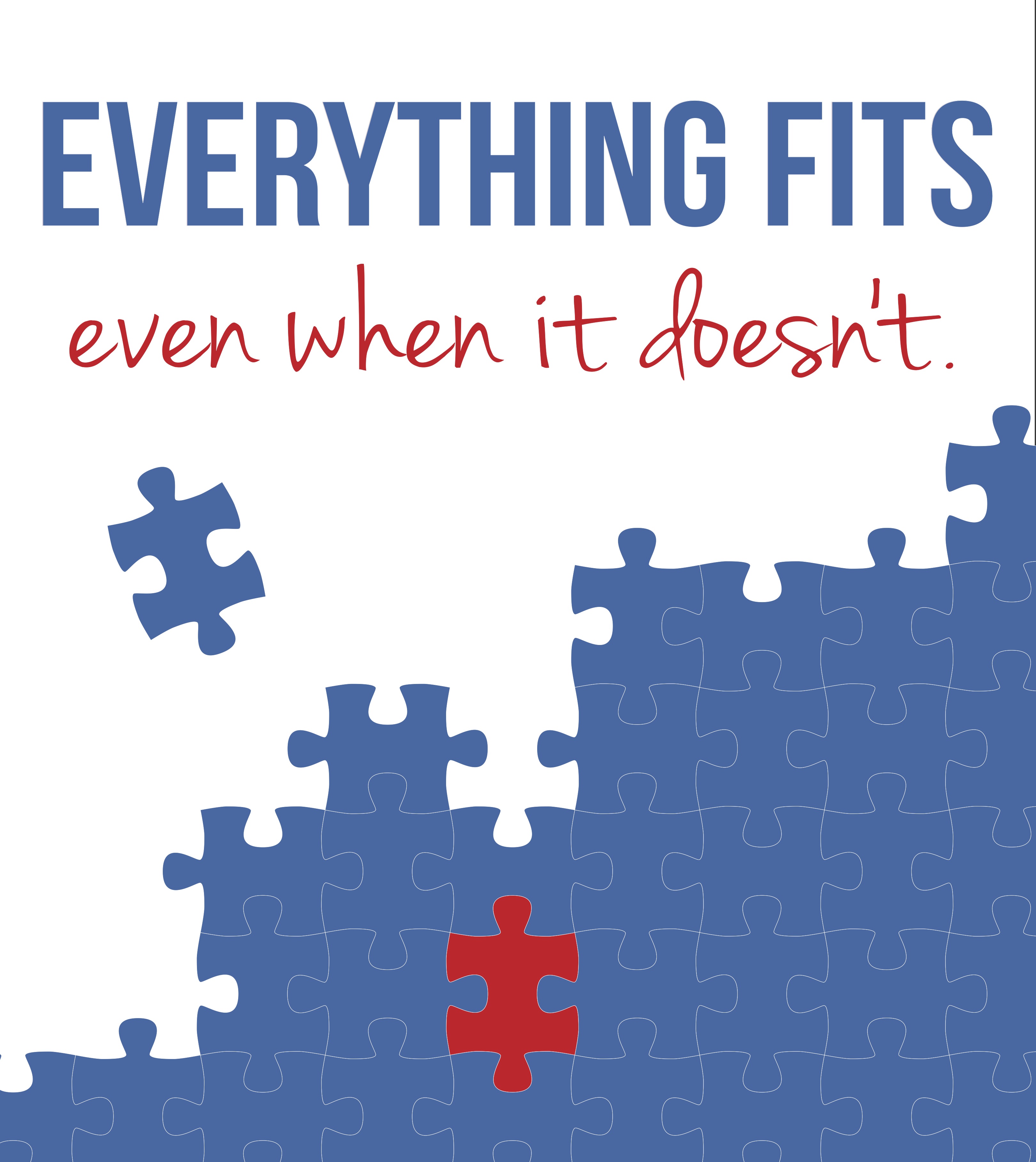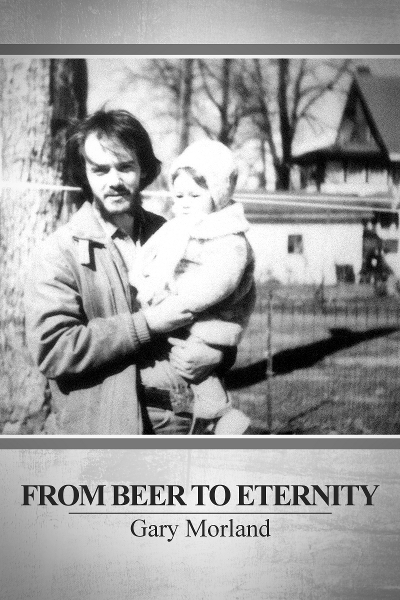I’m at a professional conference and my hotel is a few blocks from the Art Institute of Chicago. Never been to an AI. I climb the steps between the big green lions, enter and look for the Monets. I’m no art lover but I love Monet.
Within two minutes I’m in person with On the Bank of the Seine.
It’s a woman, and a tree, and a boat and river, and a village across the river.
It’s not flat. And it’s alive.
You can feel it without touching it. I realize that a reproduction, or a photo of a painting in a book, is not the same as the work of art itself.
I stare, then instinctively step back and stare some more. I step back again, maybe eight feet away. What a wonderful painting.
Then I move a few steps closer again to see how the painting changes. Then I get right on it and stare some more. (I later learn that’s how you look at art–close, medium, far).
Close up it’s a bunch of strokes and colors and textures, seems jumbled up, and doesn’t at all appear as art. Standing as close as Monet stood when he painted you think “How does he know to do that so that from a distance all the brush strokes make sense as one picture?”
He does it by always leaning back to see how things connect.
This is how your life works
When you view it from a distance you see the whole and how it all fits together.
You spend most of your time on the individual brush strokes–your dots. But you can’t live there. You’re always backing up to get the big picture.
Artists aren’t born fully baked. Over time they learn to put together brush strokes that connect and become a single work. You do too.
And there is one habit that will help you do this better than ever. That’s Day 5 tomorrow.
~~~
This is Day 4 of 31 Days of Connecting the Dots: make more sense of your life, your world, your hopes and dreams. Subscribe on the right or below and each day will be delivered every morning to your inbox. Visit the Nester to choose from over 1,000 more 31 Dayers.









